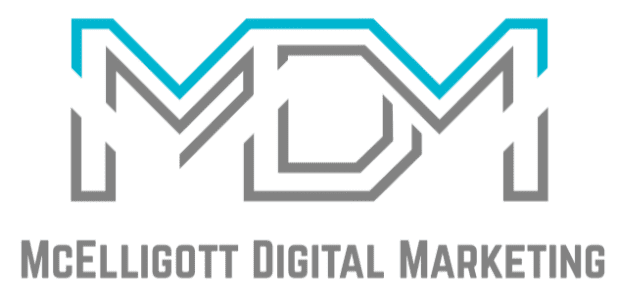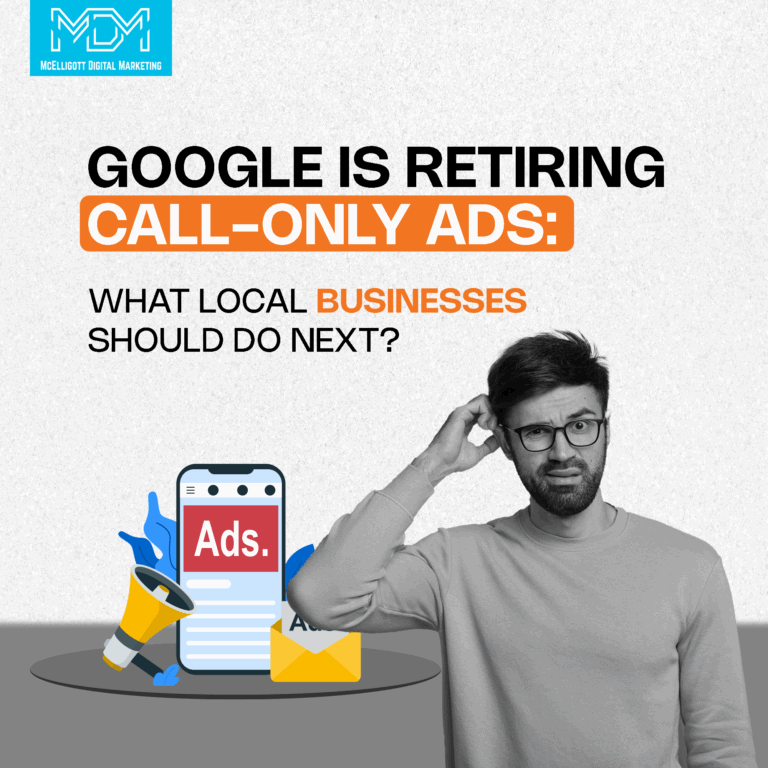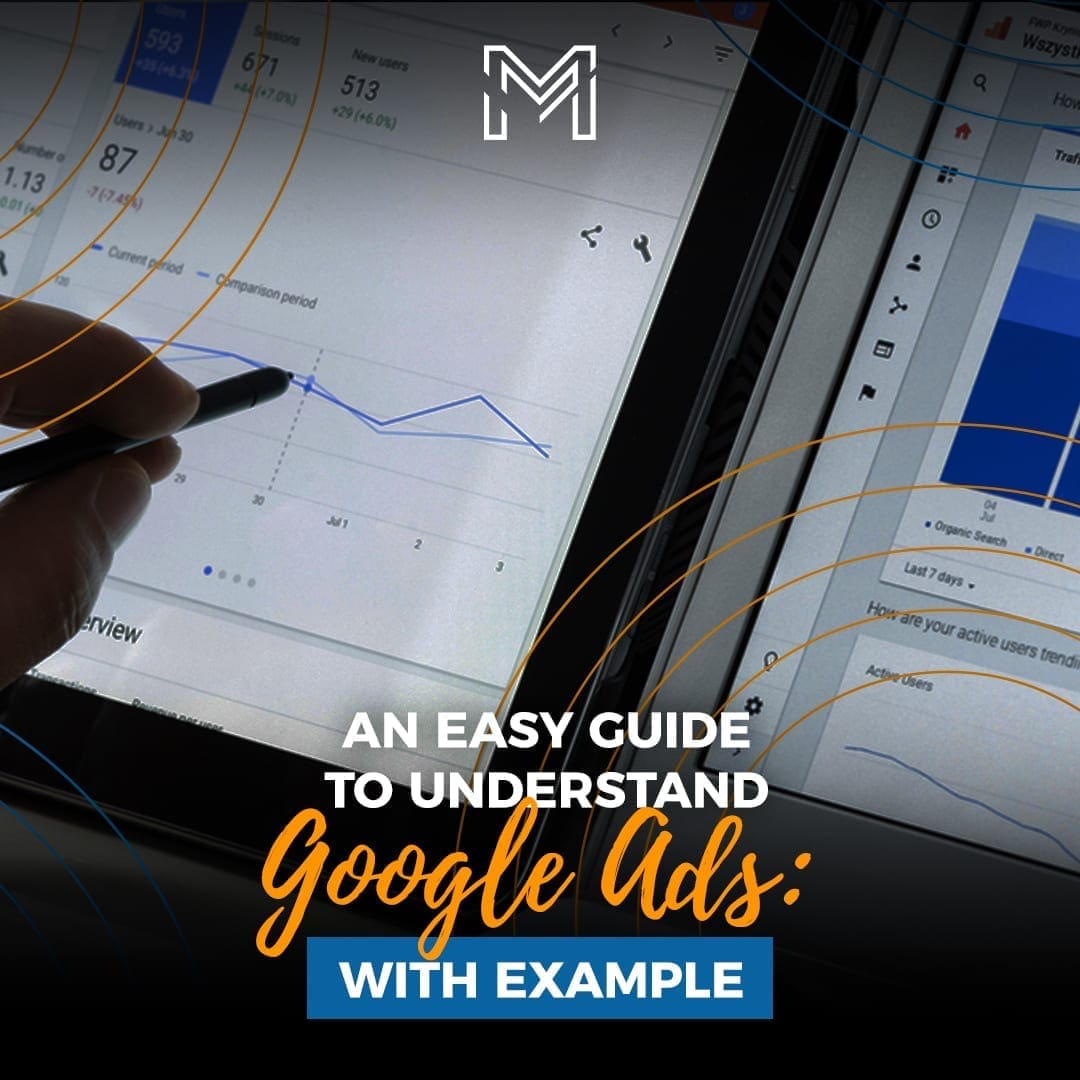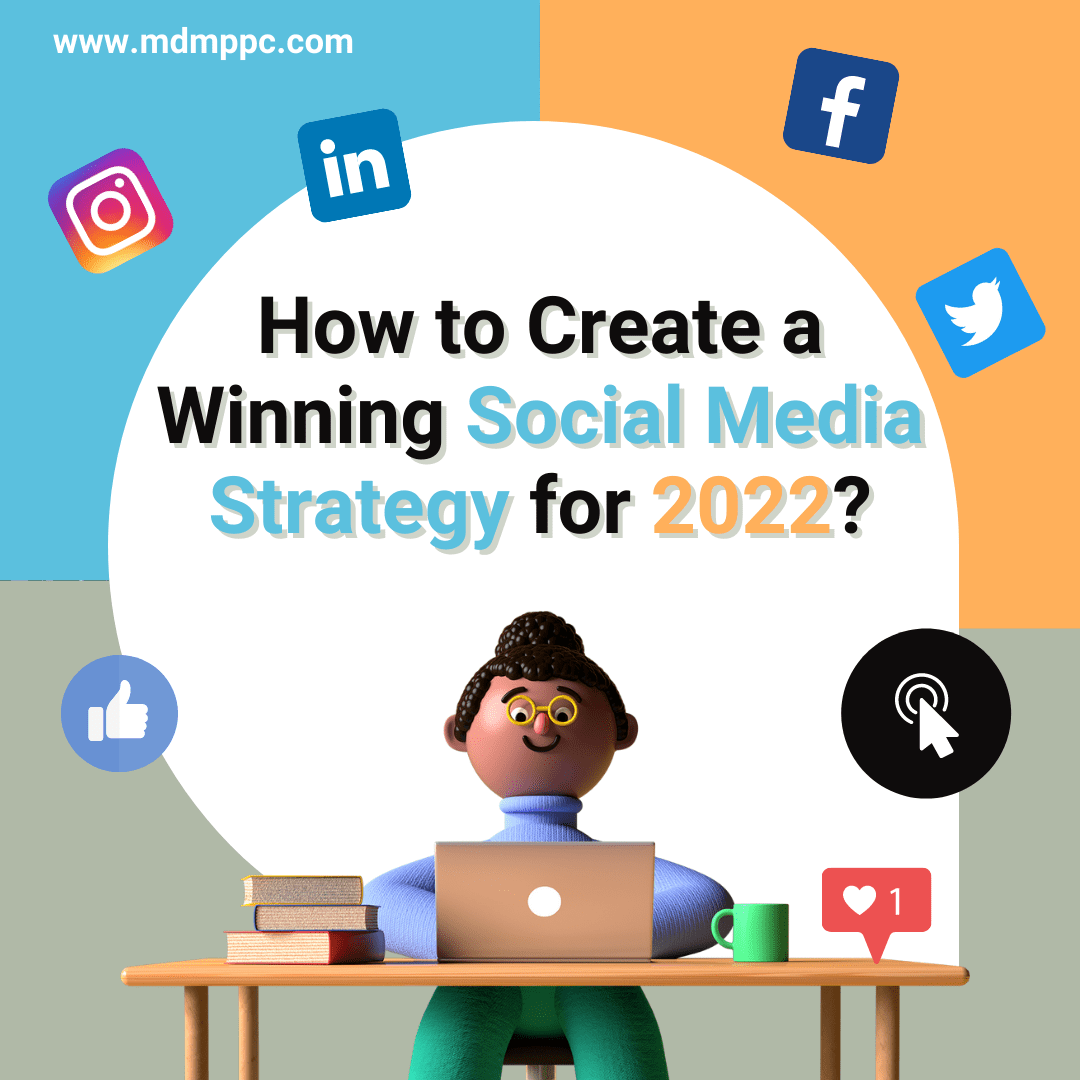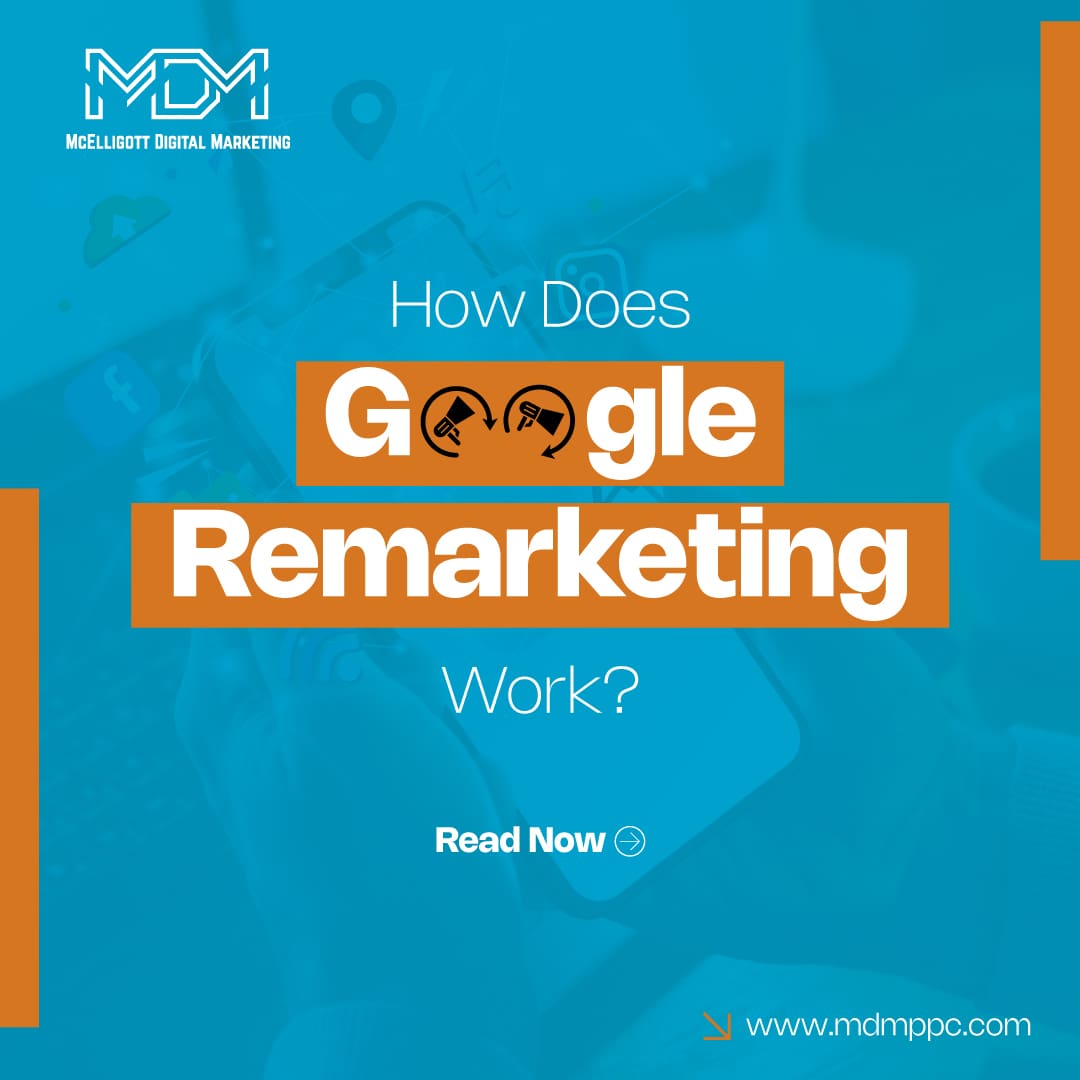Google is retiring Call-Only Ads. This is big news for local businesses that depend on phone calls to get customers.
Call-only ads were simple and effective. They show up on mobile devices. When someone clicks the ad, a phone call is initiated immediately. No need to visit a website. Just one tap and the customer is calling your business.
This helps many service-based businesses. Think of plumbers, doctors, electricians, or tow truck companies. These businesses want direct calls, not form submissions or online chats.
But now, Google is making a change.
In 2025, Call-only ads will stop working. Google wants businesses to use other ad types. These include Search Ads with call extensions, Performance Max campaigns, and Local Service Ads.
Why is Google doing this? To offer better tracking, improve user experience, and give more ad options.
What does this mean for your business?
You’ll need to adjust your ad strategy. If you don’t, it will result in fewer phone calls and lost leads. But don’t worry, there are good alternatives.
In this blog, you’ll learn all about call-only ads, why they are being dropped, how they affect you, and what steps to take next. Let’s get started.
What are call-only ads?
Call-only Ads are a type of Google ad made just for phone calls. These ads are only available on mobile devices. When someone clicked on the ad, it would start a phone call to your business right away.
There’s no website visit. No landing page. Just a direct call.
This was very helpful for many local businesses. Especially those that wanted fast customer contact.
Here’s why call-only ads were important.
- Quick connection– Customers could talk to your business instantly.
- High intent– If someone is calling, they are likely ready to buy or book.
- No website needed– Even businesses without a strong website could run these ads.
- Better for mobile users– Most people searching on mobile want quick answers.
Businesses like plumbers, electricians, repair shops, and even food delivery services use call-only ads a lot. These businesses rely on phone calls to get customers.
For them, these ads saved time and brought in leads directly. Call-only ads worked well for local service providers. They helped turn searches into phone calls without extra steps.
That’s why many businesses trusted this format.
Why Google is retiring call-only ads
Google has not given one single reason for ending Call-Only Ads. But there are a few clear signs.
First, Google is focusing more on ad formats that work across devices. People don’t just search on phones anymore. They move between mobile, tablet, and desktop. Google wants ad types that can follow this journey. Call-only ads were mobile-only. That made them limited.
Second, tracking was harder. With Call-Only Ads, it was tough to know if a call led to a sale. Google now prefers ad types with better tracking and reporting. It wants to give businesses more data to see what’s working.
Third, Google is pushing smarter ad campaigns. New tools like Performance Max use AI to show the right ad to the right person. These tools work across YouTube, Gmail, Search, and Maps. Call-Only Ads didn’t fit into this new model.
Also, some experts say Call-only ads were misused by spammy call centers. There were reports of fake leads and wrong calls. This added to Google’s decision.
Lastly, users now expect more choices. Some want to call. Some want to visit a website. Others want to chat. Google is retiring Call-only ads to give people more flexible options.
Google is moving forward. And it wants ad formats that give more value to both users and businesses.
While call-only ads are being phased out by Google, they still exist in a transitional phase. Google is upgrading call ads to responsive search ads (RSAs). Existing call-only ads may continue to run for a while, but new ones will not be created.
How this will impact local businesses
For many local businesses, this change could feel like a big loss. Call-only ads were easy to use. They helped small businesses get direct phone calls without needing a website.
Now that they’re going away, you may see a drop in call volume, unless you act fast.
Here are a few ways this change could affect your business.
- Fewer phone leads– If you only used Call-Only Ads, your calls may slow down.
- Need for a website– You’ll now need to get a website or a landing page to run some ad types.
- Extra setup time– You’ll need to set up new ad formats, call extensions, and tracking.
- More competition– Other businesses are also adjusting. You’ll need better ad copy and smarter targeting.
This change will especially affect service-based businesses. That includes plumbers, repair shops, law firms, local clinics, and anyone who depends on phone calls.
But here’s the good news: You still have options. Google is offering other ad types that include phone calls. You can still reach high-intent users, just in a different way.
Alternatives to call-only ads
Just because call-only ads are going away doesn’t mean you’ll stop getting calls. Google has other ad formats that still let people contact your business by phone. You just need to switch to the right ones.
1. Call extensions with search ads
This is one of the easiest changes to make.
You can run a normal Google Search Ad and add a call button to it. This is called a call extension.
When people see your ad, they will also see your phone number. On mobile, they can tap and call you directly.
- Great for businesses with websites
- Simple to set up in Google Ads
- Works on desktop and mobile
2. Call ads with a final URL
Google now lets you create call ads with a website link. This is slightly different from old call-only ads.
People still see your phone number, but now they also get the option to visit your site. This gives them more control.
- Offers both call and visit options
- Helps improve trust and quality scores
- Needed if you want to run call-focused ads after 2024
3. Performance Max campaigns
Performance Max is Google’s smart ad type. It uses AI to show your ad across all Google platforms- Search, YouTube, Maps, Gmail, and more.
You can set calls as a goal. Then Google will work to bring you users who are likely to call.
- Covers all platforms
- Uses machine learning to improve results
- You just set the goal, and Google does the rest
4. Local Service Ads (LSAs)
If you are a service provider in select industries, LSAs are a perfect fit. These ads show up above regular Google Search Ads and are made just for local calls and leads.
Customers see your business name, reviews, and a “call” button. You pay only when someone contacts you, not when they just click.
- Trusted and visible
- No website needed
- Great for plumbers, electricians, cleaners, lawyers, and more
5. Mobile-friendly landing pages with click-to-call buttons
If you’re running any type of Google Ad, make sure your landing page is mobile-friendly.
Add a click-to-call button on top. This makes it easy for users to call after reading about your service.
- Improves user experience
- Helps even if you’re not using call extensions
- Makes your business more accessible
Start testing these alternatives now. The best strategy is to combine call extensions, responsive search ads, and local ads so you’re not dependent on one format.
Conclusion
To keep getting phone leads, use call extensions in all your search ads. Set up call tracking with tools like Google Ads or CallRail. Make sure your landing page is mobile-friendly with a visible call button. Write ad copy that encourages users to “Call Now” or “Speak to an Expert.”
Call-Only Ads are going away, but phone leads don’t have to stop. Switch to smart ad types like call-enabled search ads, LSAs, and Performance Max. Focus on call tracking and a better mobile experience.
Need help with getting customers for your local business? Contact McElligott Digital Marketing PPC experts today. We’ll help your business stay ahead.
